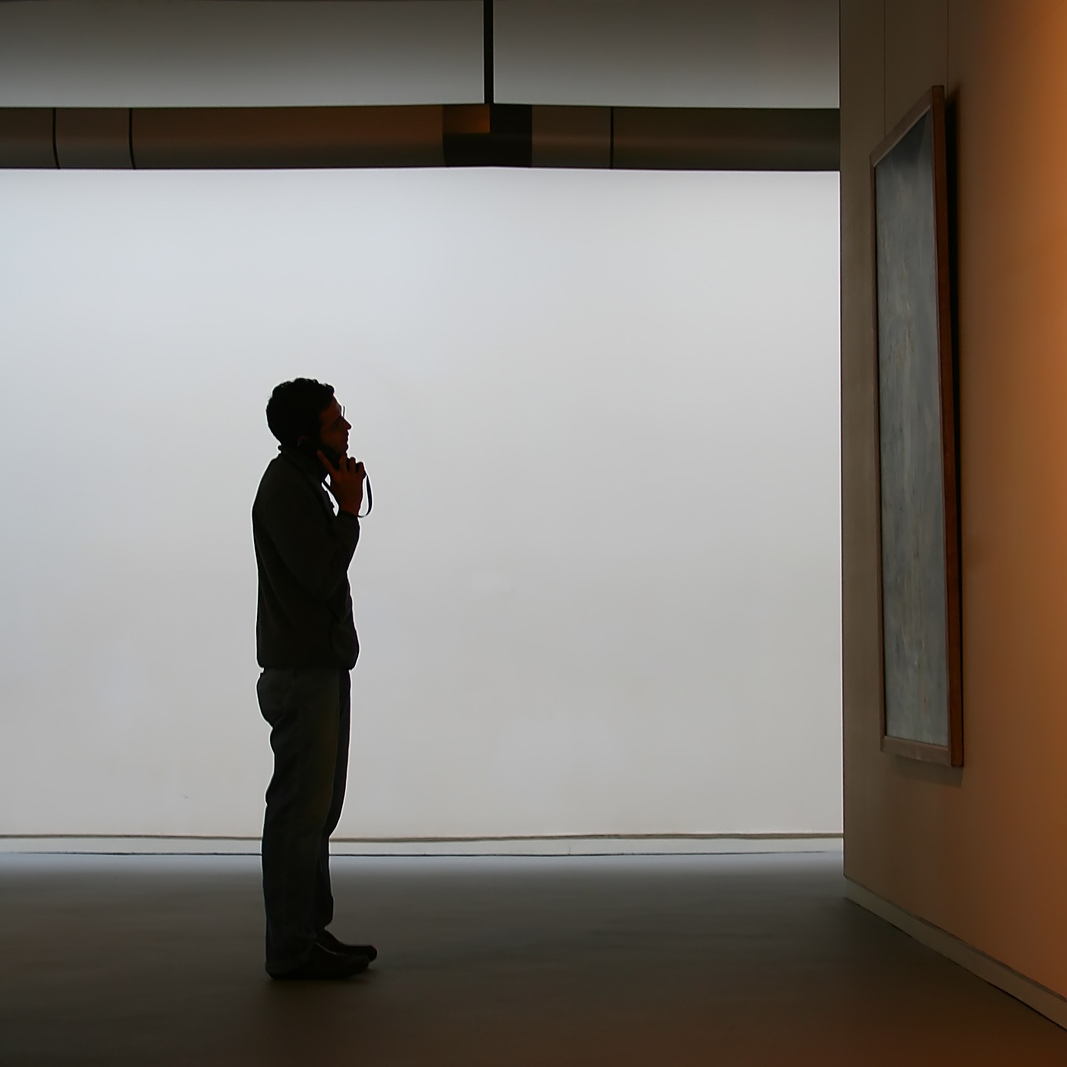Aside from traditional investments in startup businesses, property, commodities, forex, and stocks, a growing number of niche investments are emerging on the radar of the rich and famous.
The dynamics of art and viewing art as an investment are not new ideas; in fact, some of the earliest examples of investment date back centuries, when people used art as a means of exchange and currency. The oldest art in the world is thought to date back over 30,000 years to primitive cave drawings that have been retained and turned into tourist attractions.
So, let’s examine some of the elements that can make art such a potentially lucrative investment.
Increasing the Value of Property
Luxurious homes often come with dozens of amenities that you won’t find in traditional, standard homes—one of which is pieces of art or, in some cases, entire art galleries. The idea of the best mansion in the world is objective, but all candidates for such a title will often have decorative pieces that can add value to the price of a property.
Whether a large country manor in the English countryside or acres of land in the American wilderness, high-level, rare, or expensive art is viewed as the cherry on top of some of these sprawling, staggeringly expensive, and palatial properties.
Finite Supply
Often, the driving force behind the price of a piece of art is scarcity or age. Obviously, if the artist behind the piece has passed away or the art itself is one-of-a-kind, this often dictates the value of the work and causes it to appreciate in value. There’s a reason there’s significant value when storing, shipping, and insuring fine art in transit.
Suppose somebody is transporting artwork to a new home or shipping it overseas as part of a sale. In that case, the eye-watering value of some pieces means that insurance is a must—and even if there’s a small bit of superficial damage, it can knock millions off the valuation and be extremely expensive to restore.
Art’s beauty, timeless value, and intrinsic place in humanity's history and future also drive much of its value. Once you combine these factors with the fact that some rare works of art are the only ones ever designed or the only ones left, you begin to see why so many pieces have valuations that stretch into nine-figure territory.
Recent valuations put the 500-year-old Mona Lisa at the top of the list as the world’s most valuable painting, considered to be worth between $950 million and $980 million. The backstory behind the legendary Leonardo da Vinci piece still intrigues people worldwide—and such is the painting's infamy. News about it grabs people's attention who wouldn’t even consider themselves art connoisseurs.
Rigid During Economic Turbulence
While stocks and commodities can often return higher yields over a shorter period, during economic uncertainty or downturns, few investments can retain or increase in value like art can.
Many of the most valuable pieces of art have been around for centuries, surviving global conflicts, great depressions, and significant fluctuations in currency's actual value. Because of its timeless appeal and ability to constantly attract investment, regardless of the economic environment, art remains one of the top avenues that rich people seek out when looking to diversify their investment portfolio.
Trendsetting
Art is always close to the public eye, and those names that can rise to the top of the industry will usually crossover into popular culture. Street art is one area that has witnessed a surge in investment over the last two years. Investing in street art was something often admonished by those in traditional circles, even as little as 50 years ago.
Although art critics are often more open-minded than most, street art was usually downplayed as graffiti and challenging to invest in because it was often engrained into the side of buildings, and removing the pieces would be considered problematic and time-consuming.
However, the rise of street art, especially artists such as the world-famous British artist Banksy, has led to a surge in people looking to invest in it. By monitoring these trends, those who invest in formerly “unfashionable” types of art and can ride the popularity wave can often see the price of their art increase dramatically.
Therefore, art investment isn’t just viewed as something for the rich; those with a watchful eye can also make a serious profit if they know what they are looking for.
Summary
Ultimately, the value of art as an investment is due to the three main topics we discussed today—its finite supply, the economic rigidity it shows during downturns, and the fact that it is an ever-changing landscape with money to be made.
While this is a generic overview and there are other smaller nuances that experts and art dealers consider, these are the key reasons why art continues to attract such wealthy investors and is considered a potentially lucrative investment for those who know what they’re looking for and can get it right.
